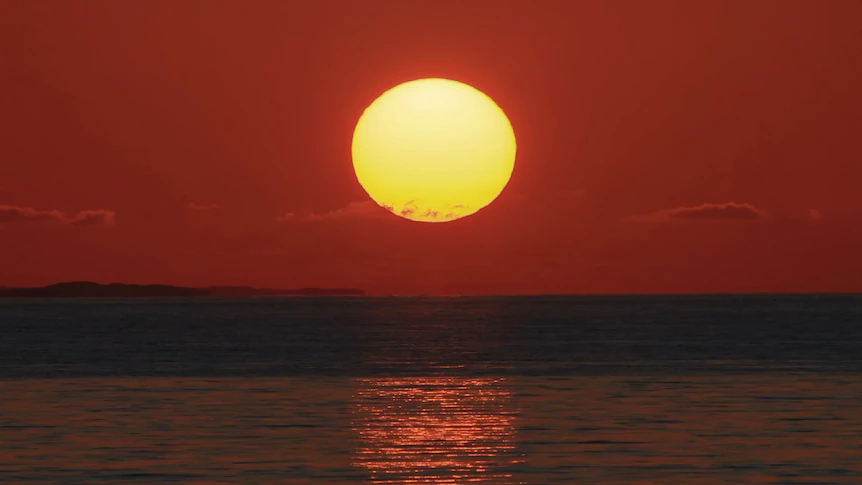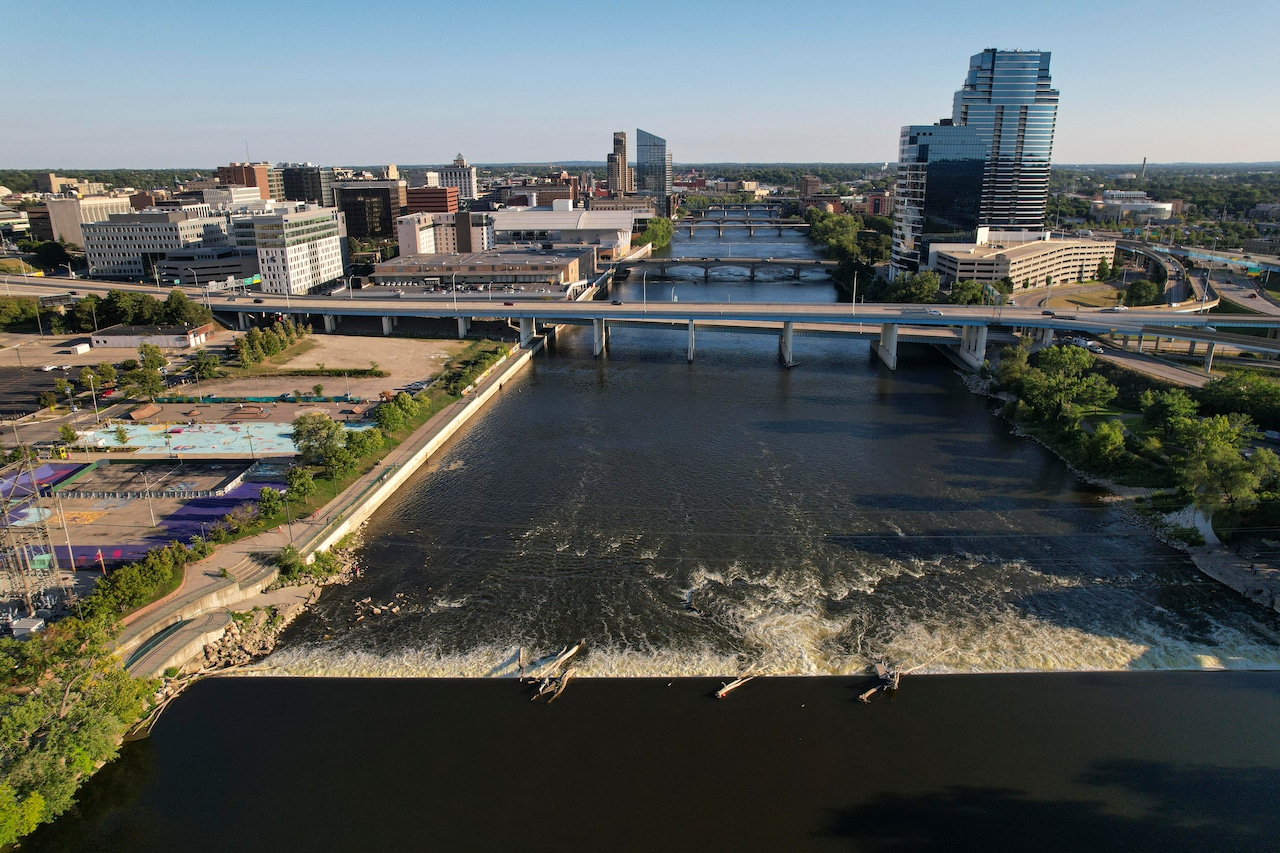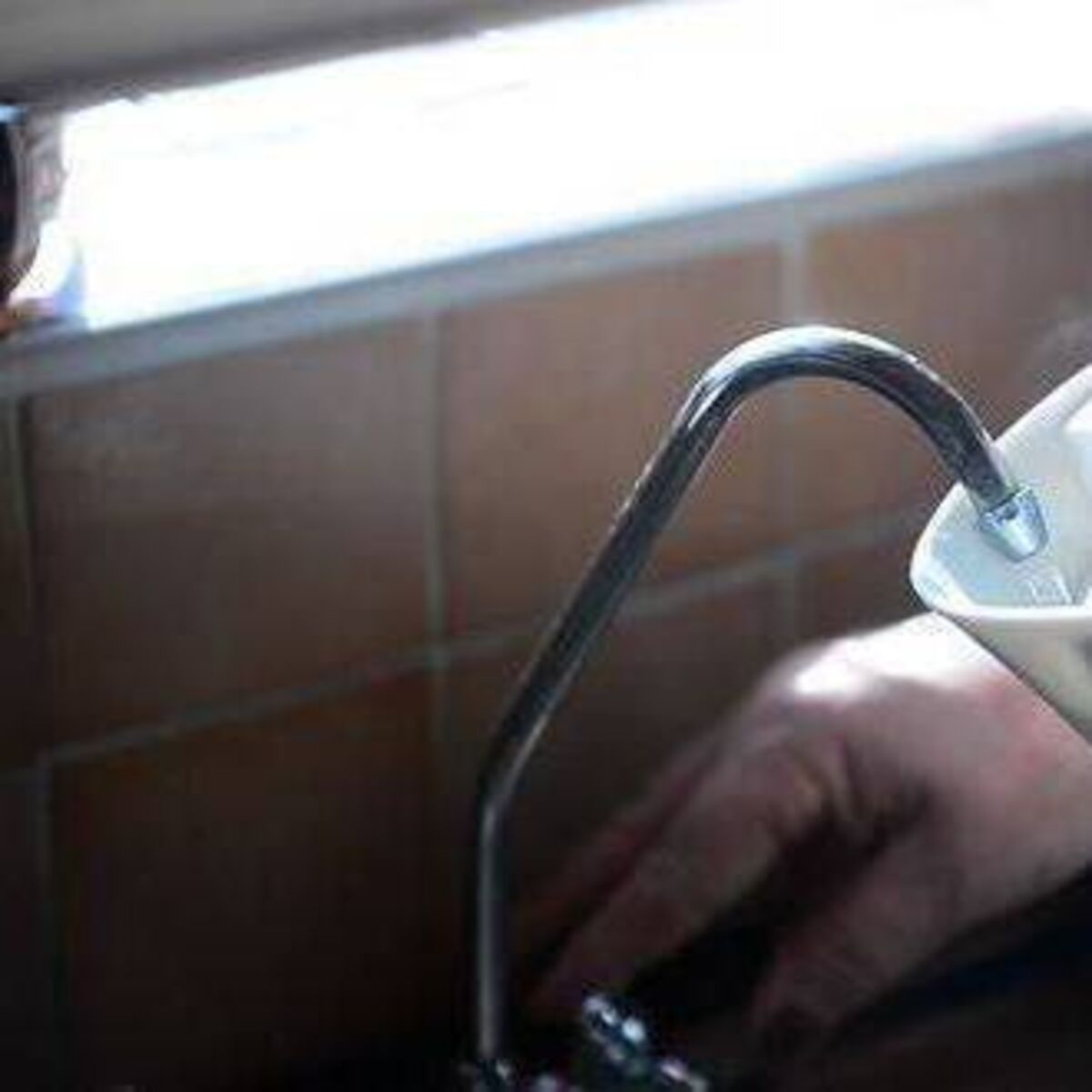By Alistair Bates
Copyright abc

Yindjibarndi elder Kevin Guiness says the hardened bush-gum sap he ate on country as a child now blooms later, rivers are drying up and animals are disappearing.
He lives in Roebourne, more than 1,500km north of Perth in Western Australia’s Pilbara.
“Not much kangaroos out in the country,” Mr Guiness said.
“Even the river’s gone dry because [there’s] not much rain and the heat.”
According to the National Climate Risk Assessment report, Roebourne is situated in the part of Australia’s north that is most at risk from significant changes to the climate.
In the Kimberley, predictions of more extreme cyclones, bushfires and floods did not surprise Djarindjin Aboriginal Corporation chief executive Nathan McIvor.
More than 100,000 hectares of bushland in the surrounding Dampier Peninsula has burnt in recent weeks.
“It was a little bit terrifying for the community, because I don’t think they’ve had a bushfire come this close,” Mr McIvor said.
Housing concerns
Predictions of more frequent and intense heatwaves also concerned Mr McIvor, who said many homes in Djarindjin had poor ventilation and were built from inadequate materials..
“That really causes a lot of problems when it comes to rheumatic heart disease and other related diseases in communities,” he said.
The Climate Risk Assessment acknowledged that remote Aboriginal communities were particularly vulnerable to climate hazards “due to their geographic isolation, limited infrastructure, and systemic disadvantage”.
Kimberley Community Legal Services chief executive Matthew Panayi said housing in the region was not suitable.
“They would choose to sleep outside rather than sleep inside because they’re worried about health impacts,” he said.
Community adapting on its own
The report made clear there would need to be a major reallocation of resources across the country to adapt buildings, services and land management practices to suit the changing climate.
“It is likely that adaptation in Australia is not currently keeping pace with climate change,” the report read.
Mr McIvor said he was doubtful governments were capable of responding to the enormity of the task.
“They’re changing governments every four years, so they can’t really plan for the future,” he said.
“There is no way the government can stem the tide of what’s happening in this place.
“They’re not serious about wanting to fix the problem.”
Mr McIvor said the community had now developed its own 20-year climate plan.
“We’ve put solar street lights around the community … [and] we’ve also installed gardens and public places with green grass and irrigation to be able to bring the core temperature of the community down instead of it being a dusty place,” he said.
“We have to stand on our own two feet and push our agenda, and our agenda is to take care of our community, and hopefully that message will then reverberate around Australia.”
Back in Roebourne, Kevin Guiness urged governments to consider the emotional impact climate change was having on First Nations people.
“Open your eyes and see what you’re doing to the country,” he said.
“The wirart is the feeling in the heart and the spirit — when you go to the country and see nothing there, the wirart is hurt, you know?
“Because there’s nothing in the country because of the environmental change.”



